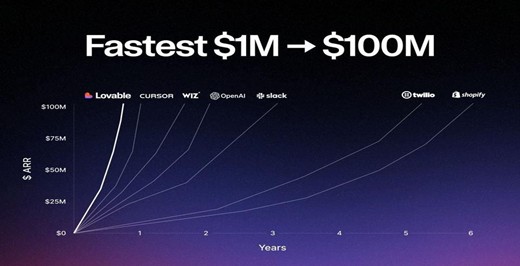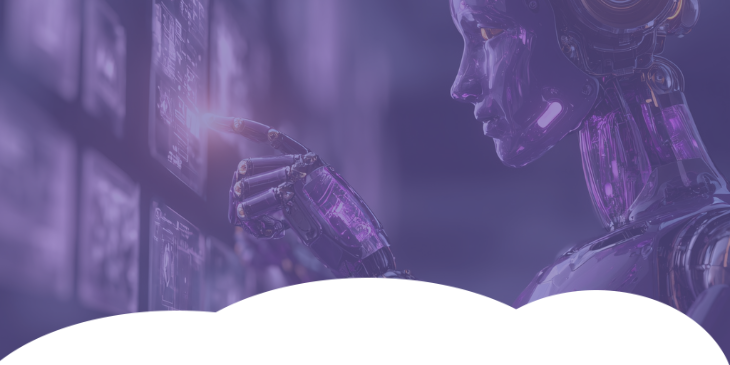Author: Benjamen Buckland
Last month, I had a simple $5,000 question: Was my solar panel investment actually paying off? Many years ago, answering this would have meant hours of manual data entry from PDF bills or settling for generic online calculators. Instead, I spent one evening building a custom dashboard that gave me exactly the insights I needed.
Now, am I a “developer”? That’s an interesting question. If writing code makes you a developer, then sure, but I’m not someone who builds enterprise software or manages complex codebases. I’m someone who uses code as a tool to solve specific problems. And that distinction is becoming increasingly important.
I’ve been in IT for over 10 years, and I’ve witnessed significant transformations, but nothing compares to the shift I’ve seen in the last few years with the rise of LLMs (large language models) such as ChatGPT, Claude, and others. It’s been a tidal wave of change that I don’t believe has fully “hit” us yet. The rise of AI technologies has caused reasonable panic in the market—fears that AI will take jobs, take over, with some even claiming the death of developers and programming as a discipline. I believe it’s the exact opposite. Instead of the death of development, we’re seeing a dramatic lowering of the barrier to entry for those who love to build and solve problems, opening the doors to custom development for everyone.
The Evolution of Accessible Programming
For full disclosure, I studied IT at university and have progressed from lower-level languages such as Java and C to higher-level languages like Python and JavaScript. These higher-level languages allow you to accomplish much more with less—instead of writing lines and lines of code, they’re more like building blocks that are easier to read and work with. To be clear, I’m not talking about enterprise-level software development here, but rather the kind of problem-solving tools that can make your life easier.
As I’ve progressed on my coding journey, the next logical jump appears to be in prompting and utilising these LLMs to help write code for simple proof-of-concepts or to solve problems quickly.
The Conversation Revolution
This is where the game has undergone a complete transformation. AI has eliminated what I call the “coder barrier”—the gap between having a problem and being able to build a solution for it. You can now describe what you want in plain English, like you’re explaining your needs to a colleague, and get working code in return.
Let me be clear: you still need some foundational knowledge. Understanding concepts like variables, loops, and basic programming logic, in my opinion, is still critical. But the days of memorising syntax, debugging cryptic error messages for hours, or getting stuck because you don’t know which library to use—those barriers are rapidly disappearing.
From Theory to Practice: The Solar Dashboard
Here’s what this looks like in practice. When I wanted to analyse my solar ROI, I had a clear problem: my energy data was trapped in two years of PDF bills with inconsistent formats. Traditional approaches would have meant either manual data entry (hours of tedious work) or accepting rough estimates from generic online calculators that couldn’t account for my specific usage patterns and local energy rates.
Instead, I had a series of conversations with AI:
Me: “I need to extract energy usage data from PDF bills, which have a format like this, and calculate my solar return on investment.”
Result: A Python script that could parse my specific PDF format automatically.
Me: “Now I need to visualise this data to see my solar savings clearly.”
Result: A Plotly dashboard showing exactly what I wanted to know—usage patterns, seasonal variations, and projected ROI.
The entire process took one evening. The result was a custom tool that answered my specific question with my actual data, providing insights no generic calculator could match.

The Real Shift: From Implementation to Imagination
This is the fundamental change: the bottleneck has shifted from “Can I implement this?” to “Can I clearly define what I need?”
The constraint is no longer technical knowledge; it’s problem definition and creative thinking. You need to be able to articulate your problem clearly, understand what kind of output would be useful, and think through the logical steps to get there.
For data and analytics professionals, this represents a massive expansion of capability. You’re no longer limited by existing tools that almost fit your needs, or dependent on development resources becoming available. If you can think through a problem logically and describe it clearly, you can build a solution.
The New Competitive Advantage
The professionals who will thrive in this landscape aren’t necessarily those with the deepest technical knowledge—they’re the ones who combine clear thinking with the willingness to experiment. They’re the curious problem-solvers who ask “What if…” instead of “I wish someone would build…”
This doesn’t mean everyone needs to become a software engineer. It means the tools to solve your specific problems are now accessible to anyone willing to engage with them thoughtfully.
Embracing the Builder Mindset
The coder barrier isn’t just dead—it’s been replaced by something more powerful: the ability to build what you need, when you need it. The question is no longer whether you can code. It’s whether you can clearly define the problem you want to solve.
For those of us who love to build, who get excited about solving problems and creating solutions, this is an incredible time. The tools have never been more accessible, and the potential for custom solutions has never been greater.
The Numbers Don’t Lie
If you need proof that this shift is real and happening fast, look no further than Swedish startup Lovable. In a record eight months since launch, they’ve reached $100 million in annual recurring revenue by democratising app development through AI-powered “vibe coding”—exactly the kind of natural language to code translation I’ve been describing.

 The future belongs to those who can clearly articulate problems and creatively envision solutions. The coding part? That’s increasingly just a conversation away.
The future belongs to those who can clearly articulate problems and creatively envision solutions. The coding part? That’s increasingly just a conversation away.
The only question is: are you ready to start building?
At Exposé, we help organisations with their data and AI. Ready to explore what’s possible? Contact our friendly team for a no-obligation discussion. We’re here to help.
